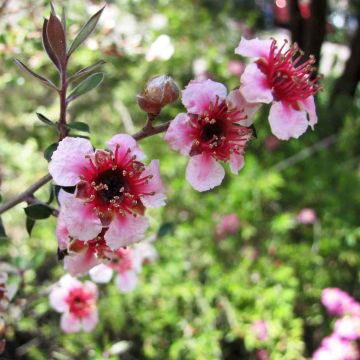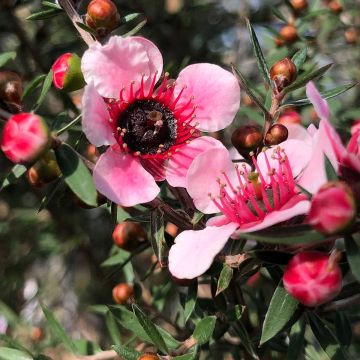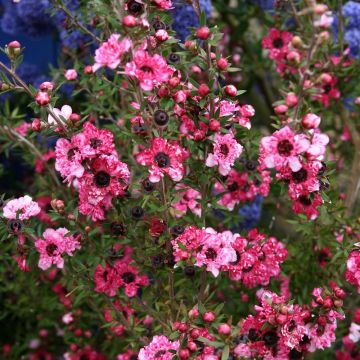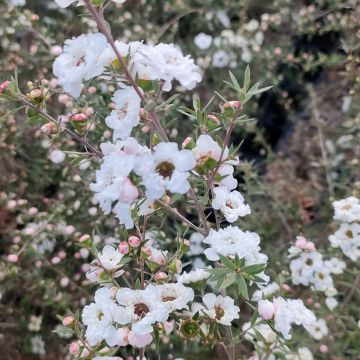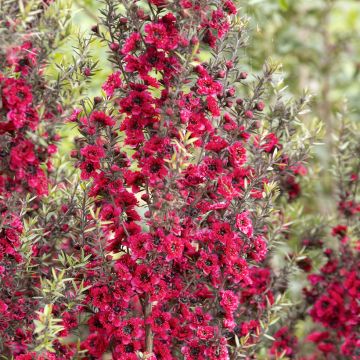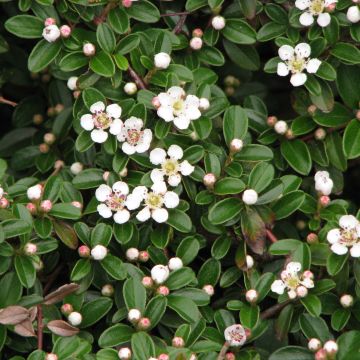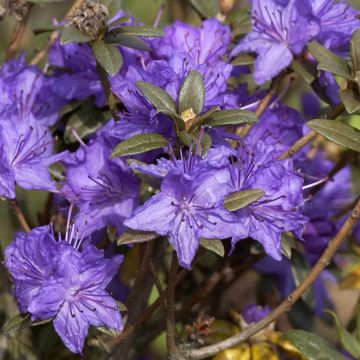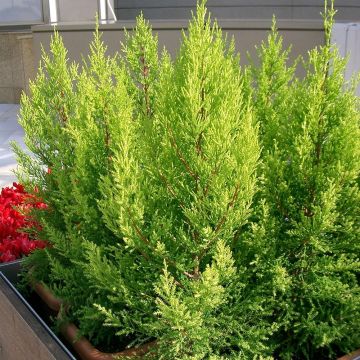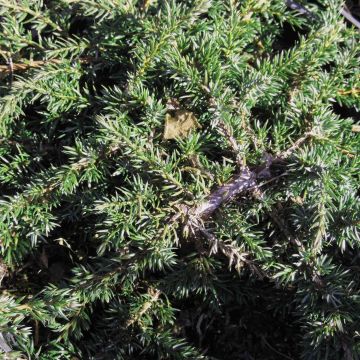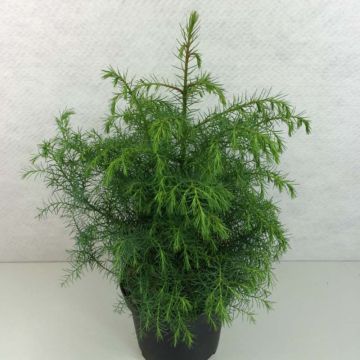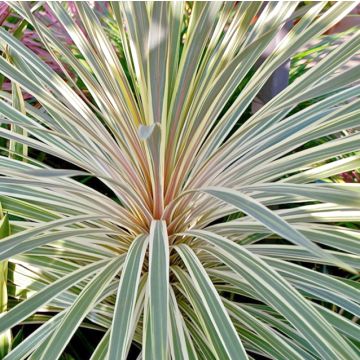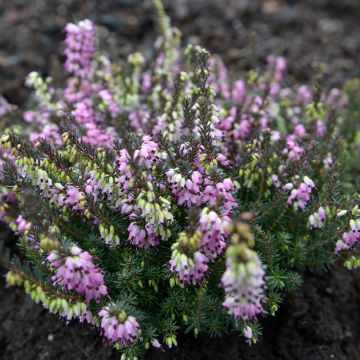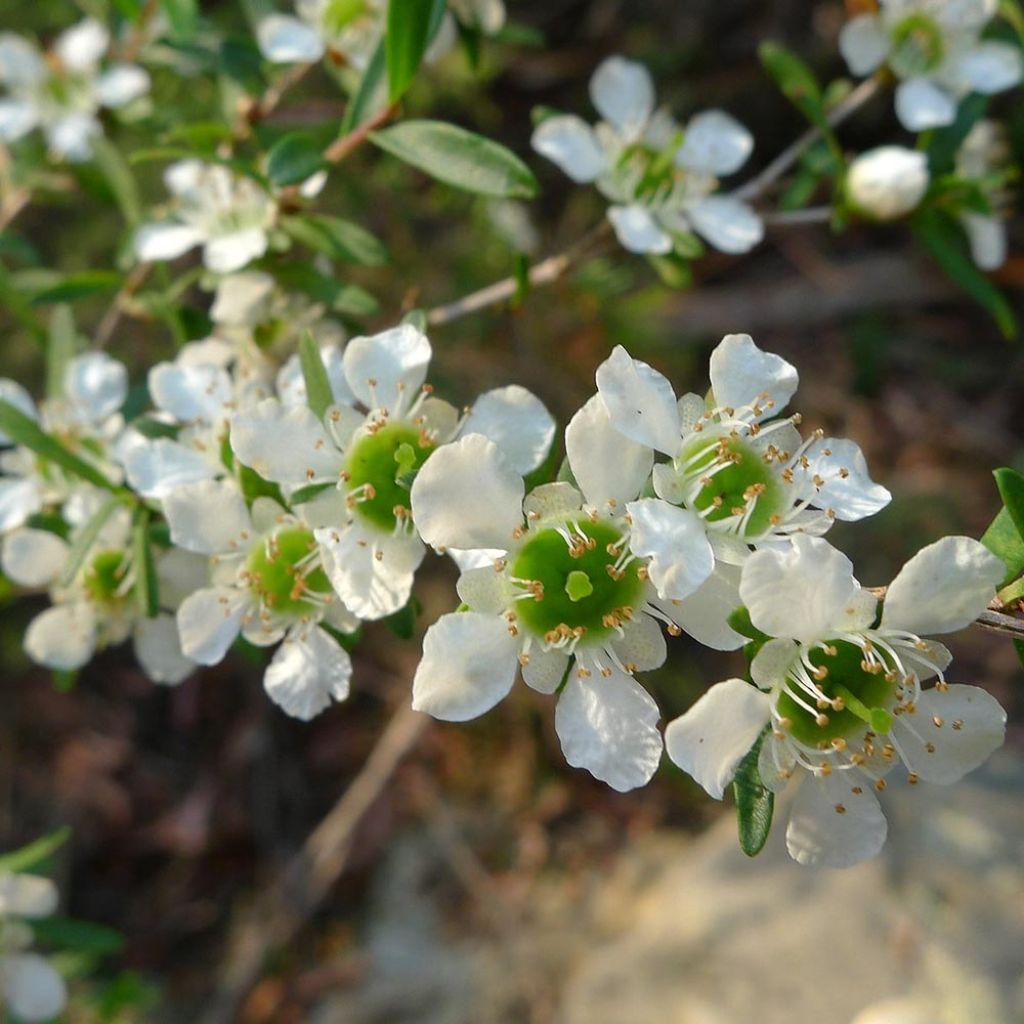

Leptospermum Karo Silver Ice - Arbre à thé

Leptospermum Karo Silver Ice - Arbre à thé

Leptospermum Karo Silver Ice - Arbre à thé
Leptospermum lanigerum Karo Silver Ice
Leptospermum x lanigerum Karo Silver Ice
Manuka, New Zealand Tea Tree, Tea Tree
Special offer!
Receive a €20 voucher for any order over €90 (excluding delivery costs, credit notes, and plastic-free options)!
1- Add your favorite plants to your cart.
2- Once you have reached €90, confirm your order (you can even choose the delivery date!).
3- As soon as your order is shipped, you will receive an email containing your voucher code, valid for 3 months (90 days).
Your voucher is unique and can only be used once, for any order with a minimum value of €20, excluding delivery costs.
Can be combined with other current offers, non-divisible and non-refundable.
Why not try an alternative variety in stock?
View all →This plant carries a 24 months recovery warranty
More information
We guarantee the quality of our plants for a full growing cycle, and will replace at our expense any plant that fails to recover under normal climatic and planting conditions.
Would this plant suit my garden?
Set up your Plantfit profile →
Description
Leptospermum 'Karo Silver Ice' is a hybrid variety of tea tree, quite recent, forming a large bush that appears to be covered in silvery snow. It owes this to its abundant and long-lasting white flowering period, composed of a multitude of small immaculate white cup-shaped flowers, and its grey-green foliage abundantly covered with silvery bristles. The ensemble is remarkably bright. This evergreen bush is cultivated in open ground in a mild climate, in well-drained soil, not too chalky to acidic, including by the sea. It accepts pot cultivation very well, to be stored over winter in colder regions.
Leptospermum 'Karo Silver Ice' is a horticultural creation dating from the mid-1980s. It is the result of cross-breeding the L. rotundifolium ‘Jervis Bay’ and L. lanigerum var. lanigerum. Leptospermum are cousins of Mediterranean myrtles, clove trees and Eucalyptus. All from the Myrtaceae family, they share a love of heat and a tolerance to dry and poor soils. With a bushy, dense and spreading habit, it will reach an average of 1.5 m (5 ft) in all directions, but sometimes up to 2 m (6.5 ft) if the growing conditions are optimal. It is provided with alternate, single, rounded leaves, small in size, white at bud burst, later taking on a green hue somewhat masked by numerous silvery bristles. The ensemble of the foliage displays a silver-green colour. The flowers, single, honey producing and rich in nectar, appear for 5 to 6 weeks from April to June in warmer climates, later in colder regions. They are composed of 5 white petals surrounding a green heart and can reach 3 to 4 cm (1.2 to 1.6 in) in diameter. They are followed by small capsules releasing thin elongated seeds. This bush can be lightly pruned after flowering, from May to July.
The 'Karo Silver Ice' tea tree withstands temperatures down to -10°C (14 °F) but the aerial parts can be damaged from -6°C (21.2 °F). It should be placed in a sheltered spot, in full but not scorching sun. It tolerates sea spray well, making it a very beautiful bush for seaside gardens. While it prefers neutral to acidic soils, it also tolerates clay-limestone soils according to some experts, provided they are light, loamy and correctly drained.
In a flowerbed or border it can be combined with other Australian or New Zealand shrubs such as Callistemon, Grevillea, Melaleuca, but also with South African species: Gomphostigma 'White Candy', Dierama, Aloe arborescens, Anisodontea capensis or Melianthus major should thrive in the same growing conditions. It can also be used in the creation of a medium-sized evergreen hedge (max. 2 m (6.5 ft) tall) in the company of Myrtles, large cistus (Cistus laurifolius, Citus (x) aguilari), Feijoa, or Olearia. In regions with very cold winters this plant should be cultivated in a pot and kept frost-free throughout the winter.
Leptospermum means "thin seed" and gets its common English name of tea tree from Captain Cook and his crew, who used its leaves to prevent scurvy.
Report an error about the product description
Leptospermum lanigerum Karo Silver Ice in pictures




Plant habit
Flowering
Foliage
Botanical data
Leptospermum
x lanigerum
Karo Silver Ice
Myrtaceae
Manuka, New Zealand Tea Tree, Tea Tree
Cultivar or hybrid
Other Leptospermum
View all →Planting and care
Leptospermum 'Karo Silver Ice', hardy down to -8/-10°C, will require protection against cold North and East winds during very cold winters. It prefers draining to dry, light, loamy or sandy soils, with a neutral or acidic tendency. Choose a partially shaded location in a hot climate, or a sunny one in a cooler climate. Prune lightly after flowering (not exceeding 1/3 of the length of the branches) to maintain a compact habit. It will appreciate an input of extra nutrients in spring (compost or manure), even if not essential as Manuka is adapted to rather poor soils. Let the surface of the root ball dry between waterings and reduce watering in autumn as soon as the temperatures drop. Preferably use non or only slightly calcereous water.
Planting period
Intended location
Care
This item has not been reviewed yet - be the first to leave a review about it.
Similar products
Haven't found what you were looking for?
Hardiness is the lowest winter temperature a plant can endure without suffering serious damage or even dying. However, hardiness is affected by location (a sheltered area, such as a patio), protection (winter cover) and soil type (hardiness is improved by well-drained soil).

Photo Sharing Terms & Conditions
In order to encourage gardeners to interact and share their experiences, Promesse de fleurs offers various media enabling content to be uploaded onto its Site - in particular via the ‘Photo sharing’ module.
The User agrees to refrain from:
- Posting any content that is illegal, prejudicial, insulting, racist, inciteful to hatred, revisionist, contrary to public decency, that infringes on privacy or on the privacy rights of third parties, in particular the publicity rights of persons and goods, intellectual property rights, or the right to privacy.
- Submitting content on behalf of a third party;
- Impersonate the identity of a third party and/or publish any personal information about a third party;
In general, the User undertakes to refrain from any unethical behaviour.
All Content (in particular text, comments, files, images, photos, videos, creative works, etc.), which may be subject to property or intellectual property rights, image or other private rights, shall remain the property of the User, subject to the limited rights granted by the terms of the licence granted by Promesse de fleurs as stated below. Users are at liberty to publish or not to publish such Content on the Site, notably via the ‘Photo Sharing’ facility, and accept that this Content shall be made public and freely accessible, notably on the Internet.
Users further acknowledge, undertake to have ,and guarantee that they hold all necessary rights and permissions to publish such material on the Site, in particular with regard to the legislation in force pertaining to any privacy, property, intellectual property, image, or contractual rights, or rights of any other nature. By publishing such Content on the Site, Users acknowledge accepting full liability as publishers of the Content within the meaning of the law, and grant Promesse de fleurs, free of charge, an inclusive, worldwide licence for the said Content for the entire duration of its publication, including all reproduction, representation, up/downloading, displaying, performing, transmission, and storage rights.
Users also grant permission for their name to be linked to the Content and accept that this link may not always be made available.
By engaging in posting material, Users consent to their Content becoming automatically accessible on the Internet, in particular on other sites and/or blogs and/or web pages of the Promesse de fleurs site, including in particular social pages and the Promesse de fleurs catalogue.
Users may secure the removal of entrusted content free of charge by issuing a simple request via our contact form.
The flowering period indicated on our website applies to countries and regions located in USDA zone 8 (France, the United Kingdom, Ireland, the Netherlands, etc.)
It will vary according to where you live:
- In zones 9 to 10 (Italy, Spain, Greece, etc.), flowering will occur about 2 to 4 weeks earlier.
- In zones 6 to 7 (Germany, Poland, Slovenia, and lower mountainous regions), flowering will be delayed by 2 to 3 weeks.
- In zone 5 (Central Europe, Scandinavia), blooming will be delayed by 3 to 5 weeks.
In temperate climates, pruning of spring-flowering shrubs (forsythia, spireas, etc.) should be done just after flowering.
Pruning of summer-flowering shrubs (Indian Lilac, Perovskia, etc.) can be done in winter or spring.
In cold regions as well as with frost-sensitive plants, avoid pruning too early when severe frosts may still occur.
The planting period indicated on our website applies to countries and regions located in USDA zone 8 (France, United Kingdom, Ireland, Netherlands).
It will vary according to where you live:
- In Mediterranean zones (Marseille, Madrid, Milan, etc.), autumn and winter are the best planting periods.
- In continental zones (Strasbourg, Munich, Vienna, etc.), delay planting by 2 to 3 weeks in spring and bring it forward by 2 to 4 weeks in autumn.
- In mountainous regions (the Alps, Pyrenees, Carpathians, etc.), it is best to plant in late spring (May-June) or late summer (August-September).
The harvesting period indicated on our website applies to countries and regions in USDA zone 8 (France, England, Ireland, the Netherlands).
In colder areas (Scandinavia, Poland, Austria...) fruit and vegetable harvests are likely to be delayed by 3-4 weeks.
In warmer areas (Italy, Spain, Greece, etc.), harvesting will probably take place earlier, depending on weather conditions.
The sowing periods indicated on our website apply to countries and regions within USDA Zone 8 (France, UK, Ireland, Netherlands).
In colder areas (Scandinavia, Poland, Austria...), delay any outdoor sowing by 3-4 weeks, or sow under glass.
In warmer climes (Italy, Spain, Greece, etc.), bring outdoor sowing forward by a few weeks.






























